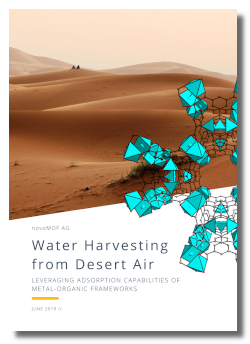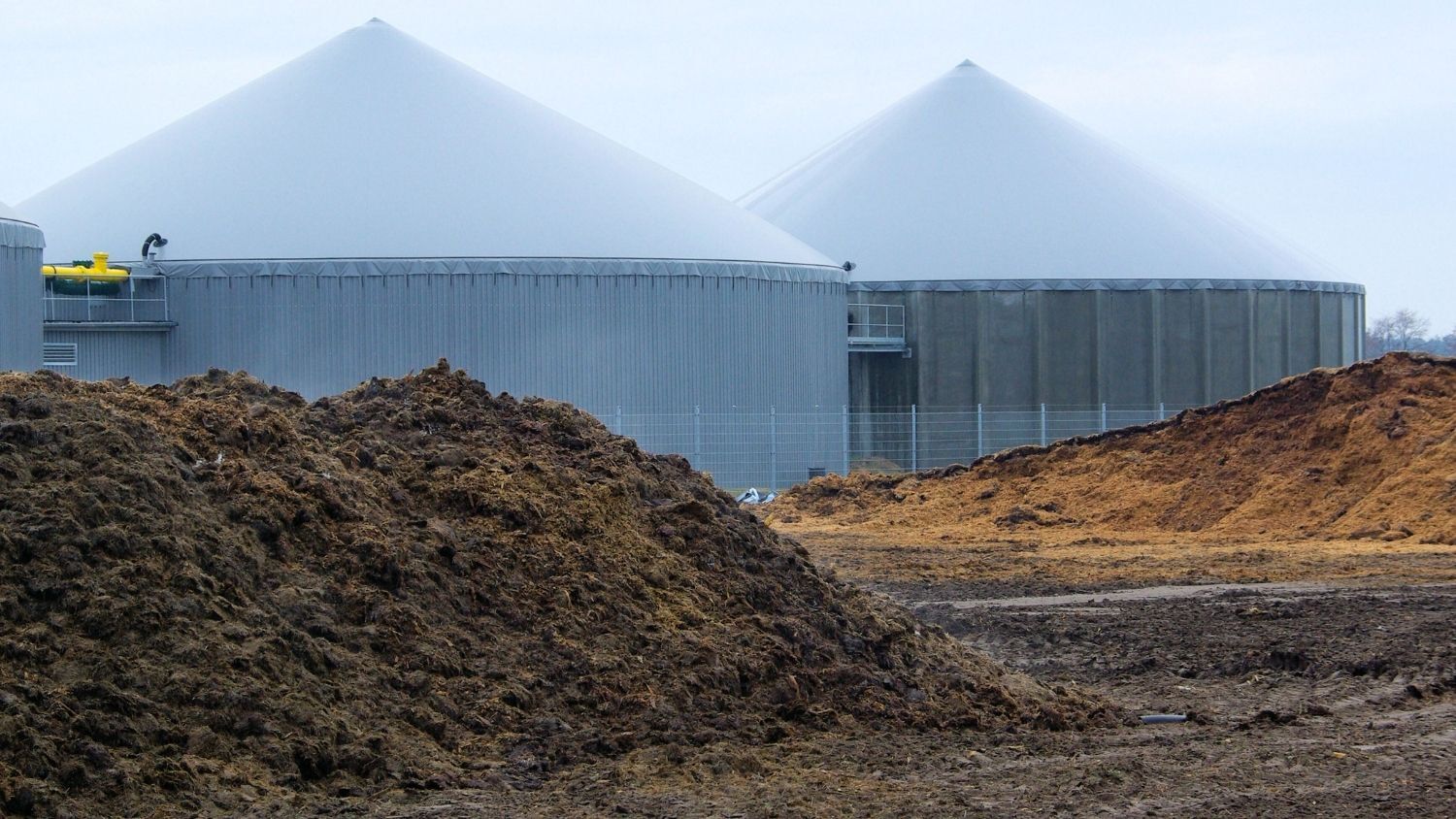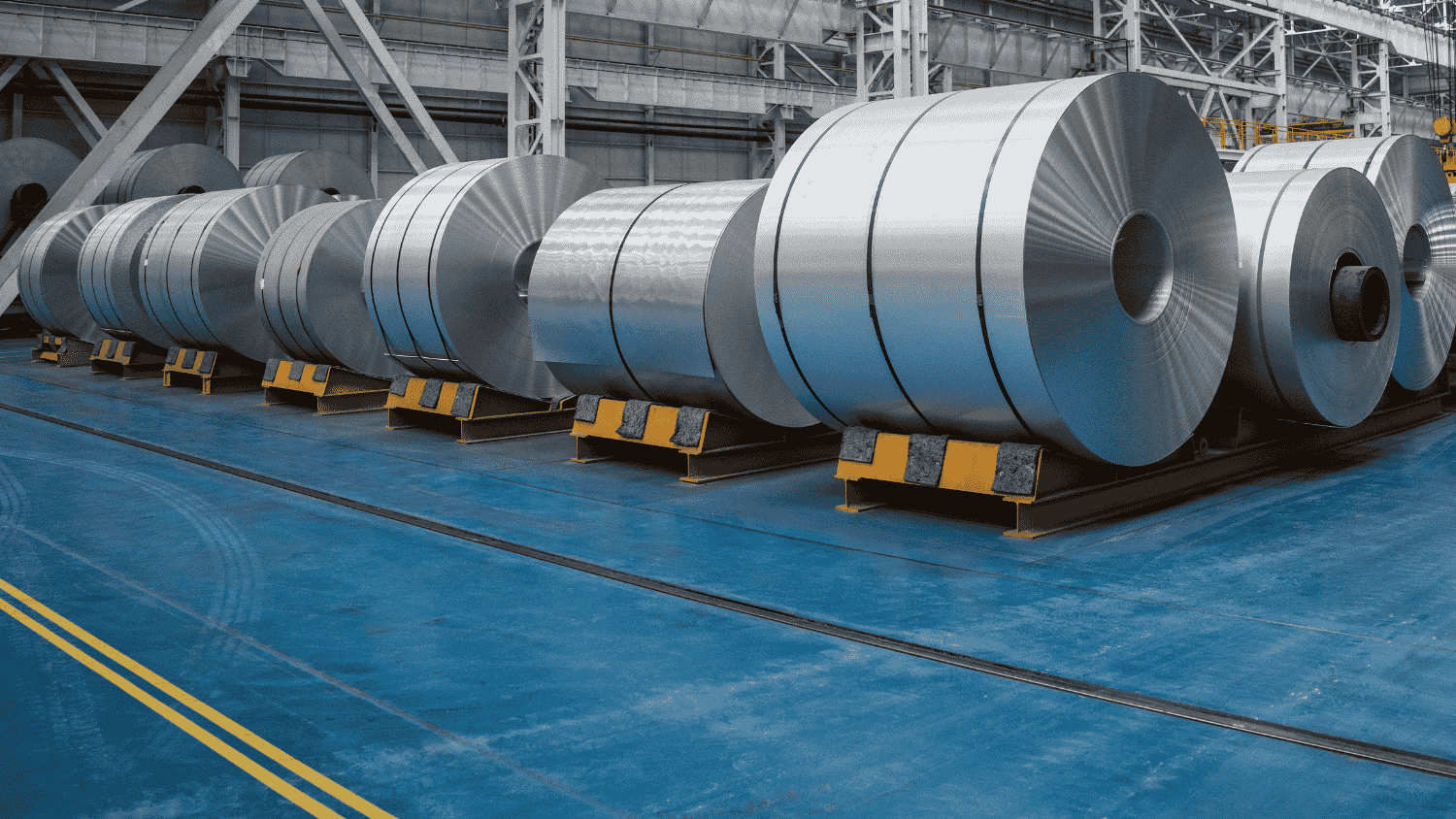The food supply chain is a multi-step process comprising production, processing, preservation, storage, packaging, transportation, and consumption. During this process, it is essential to keep the products' safety and quality, mainly when the food cross borders due to the long periods required for transportation. Food packaging plays a crucial role in protecting the products from contaminants and moisture during storage and transport, increasing shelf-life. Conventional packaging materials have become obsolete since they use raw materials contributing to pollution. New materials are emerging with properties that can represent savings and are more environmentally friendly.
Food spoilage accounts for massive wastage and poisoning around the world. Reports have shown that about one-third of the food produced is wasted mainly due to inadequate food preservation and packaging. Recently, the implementation of nanomaterials has become a common practice. Materials like graphene oxide and carbon nanotubes are used as adsorbents to remove undesired compounds. Other materials like titanium oxide, silver, or silicone dioxide add antimicrobial properties improving product shelf life. However, the search for novel materials keeps going to incorporate integral components to the global food supply chain.
Emerging materials for food packaging
Metal-Organic Frameworks (MOFs) are hybrid materials with high porosity and tunable physical and chemical properties. Due to their properties, MOFs are utilized for different purposes in the food industry. Moreover, these materials display good biocompatibility and have not shown adverse reactions during testing.
Antimicrobial activity
The incorporation of MOFs into packaging materials can provide antimicrobial properties. For example, ZIF-8 MOF nanoparticles were tested in a chitosan-based polymer. According to the report, the material exhibited hydrophobicity and resistant mechanical properties. Keeping the optimal water content constant is essential to retain the freshness and avoid bacterial and fungal growth. The material containing the ZIF-8 MOF showed a 100% antibacterial performance against microorganisms like Staphylococcus aureus and Escherichia coli.
Adsorption of ripening related gases
Some chemicals are related to ripening activity in fresh produce, especially ethylene gas generated in a natural process that increases the metabolic rates, softens tissues, and accelerates aging, ripening, and senescence. Therefore, if ethylene is not removed from the package during storage and transportation, the produce shelf life can decrease drastically. For this matter, MOFs have shown remarkable capacity as adsorbents to capture this gas. For instance, in a recent study, a copper based MOF was tested for ethylene's adsorption. Compared to other adsorbents like zeolites, this MOF exhibited up to four times the ethylene adsorption capacity.

Another exciting capacity of the copper MOF is to release the ethylene in the presence of humidified air, which offers to recover the materials with a facile procedure. This will further increase the reusability of packaging materials and reduce waste in general.
Removing water and oxygen
The water and oxygen content in the packaging's headspace is another critical point to increase shelf life. Water and oxygen are related to oxidation processes that lead to food spoilage. Standard techniques to remove these compounds use flushing food packaging with an inert gas. However, water and oxygen content is still significant since food can trap air and water molecules. MOFs have been used as scavengers of oxygen and water. MOF-801 incorporation enhanced the film's ability to resist water permeation and allowed water adsorption in low relative humidity conditions of 20 %.
Novel applications in food packaging
Ensuring food safety is a difficult task for the final consumer since sometimes food products are deceptively labeled. Therefore, establishing intelligent, standardized methods for identifying deceptively labeled food products is essential for food production transparency. Novel strategies have emerged to avoid these issues. For this matter, another exciting property of MOF, such as luminescence, has been exploited.
MOF-based dyes can be used to generate invisible security labeling. The MOFs can be designed to have RGB luminescence emissions by implementing Eu3+, Tb3+, Dy3+ elements.
MOFs are versatile materials that can offer several properties such as:
- Antibacterial activity
- Ethylene removal
- Oxygen and water scavengers
- Invisible labeling
The application of MOFs materials in the food industry is not limited to packaging. They can be applied for the detection of toxic compounds, safety monitoring, and sanitation.
If you are interested in learning more about the world of MOFs, you can take a look at our other blogs.





